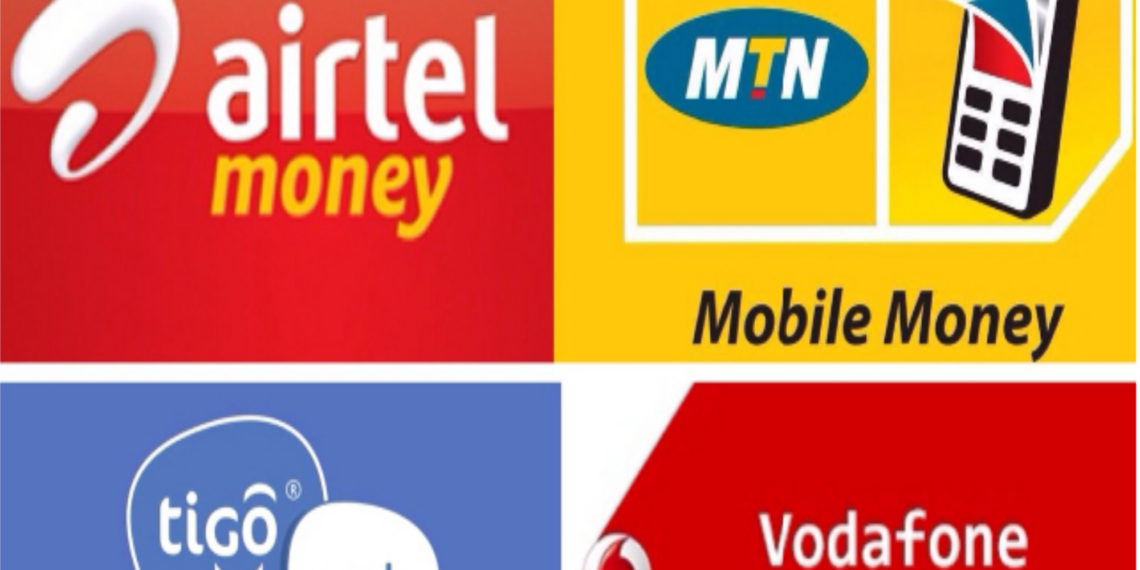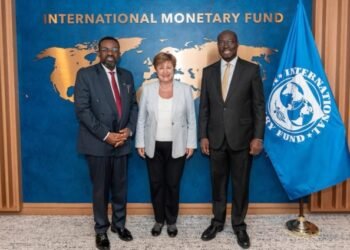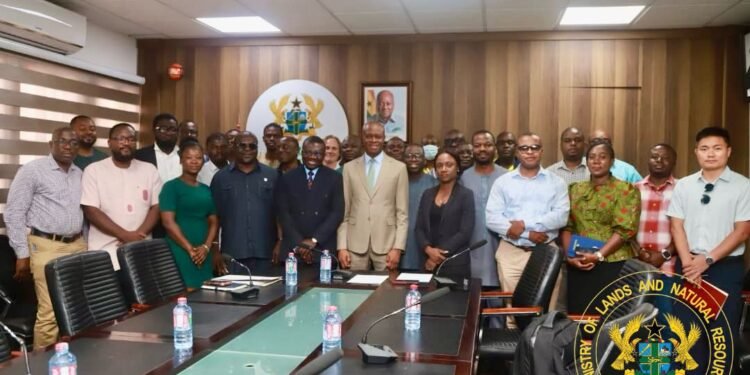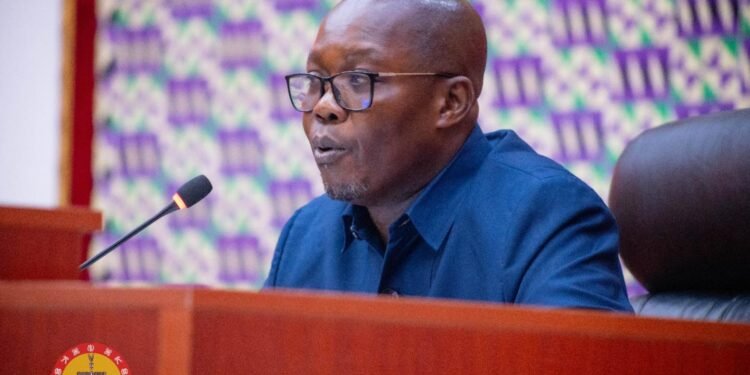The government has accumulated GHS17.58 million more in Communication Service Tax (CST) since the rate cut to 5% from October 2020 to March 2021 (six months after), according to data from the Bank of Ghana.
Within the period under review, the government made GHS240.79 million compared with the 9% rate from October 2019 to March 2020 (GHS223.21 million). [Although the revised rate took effect in September 2020, October 2020 is herein used to allow for comparability with the previous rate of 9% which telcos began charging in October 2019].
The increase in revenue from the reduction in the CST reflects two important outcomes. First, the mobility restrictions such as the social distancing measures and companies’ decision to allow staff work from home considerably increased the use of the telecommunication services.
Second, the reduction in charges meant that customers could talk for longer hours as well as experience low rates charged on data usage. Thereby, increasing revenue generation through minutes spent per call made and reduced rates on data usage.
Ironically, in an online survey conducted by The Vaultz News, a few months after the tax cut was implemented, it was found that customers were yet to feel the impact of the tax reduction.
Per the results of the survey, 78 percent of respondents indicated that even though they are aware of the reduction in the CST, they do not see same reflection in data usage.
Only 10.8 percent of the respondents indicated that some improvements in the data packages are provided by the telecom companies.
The Amendment of the CST Act
Passed on August 2020 by parliament, the CST Amendment Act reduced the rate from 9% to 5%. The Act also provides that, at least 25 percent of the revenue generated be channeled into financing the National Youth Employment Program (NYEP).
Per our calculations, this means that from October 2020, since the 5% rate took effect, to the first quarter of 2021, at least GHS60.20 million has been deposited into the coffers of the NYEP to support youth development and the national development agenda broadly.
The new Act, the Communication Services Tax Amendment Act, 2020 (Act 1025), amended section 3 (rate of the tax) and section 5 of the Communication Service Tax Act, 2008 (Act 754).
Essentially, this move was among others such as the ‘free water supply’ and ‘free electricity’ rolled out by the government with the intention to cushion households and businesses from the impact of the COVID-19 pandemic.
Revenue accumulated since inception
Talking about revenue generation, does this mean that the rate of 5 percent tax on communication service is welcomed by consumers compared with the 9 percent tax charged previously?
Beyond the fact that the impact of the pandemic is waning and work-from-home conditions by employers are being reversed for a return to offices, it is most likely that the elasticity of telecommunication services would explain the action to take either a reversal or hold at current rate.
While relatively inelastic, a slight increase in CST would lead to a less than proportionate decline in consumption in the telecom services.
In a much broader scope, since its inception in September 2008 to March 2021, the communication service tax has generated over GHS3 billion in revenue to the government.
| Year | Period | (GHS Million) |
| 2008 | Sept-Dec | 28 |
| 2009 | Jan-Dec | 88 |
| 2010 | Jan-Dec | 137 |
| 2011 | Jan-Dec | 135 |
| 2012 | Jan-Dec | 128 |
| 2013 | Jan-Dec | 174 |
| 2014 | Jan-Dec | 217 |
| 2015 | Jan-Dec | 252 |
| 2016 | Jan-Dec | 339 |
| 2017 | Jan-Dec | 329 |
| 2018 | Jan-Dec | 420 |
| 2019 | Jan-Dec | 412 |
| 2020 | Jan-Dec | 559 |
| 2021 | Jan-Mar | 119 |
| Total | 3,337 |
READ ALSO: Inflation: 13% rise in Transport fares gives new reason to worry























